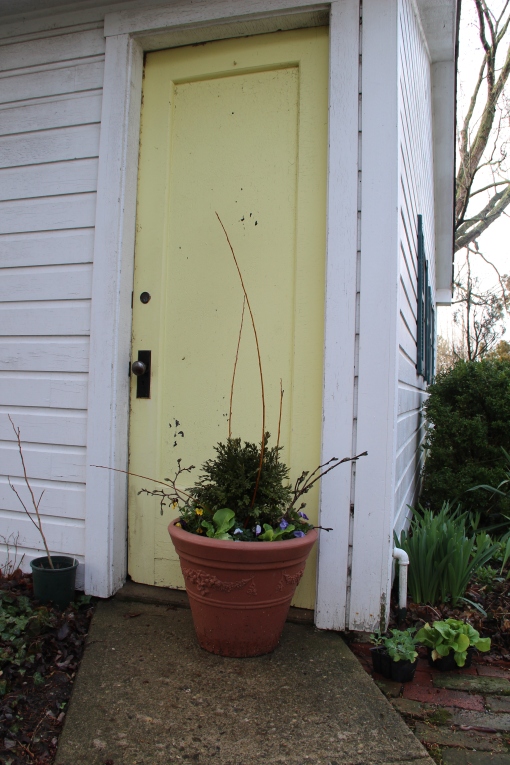Bring on the Bonanza of Plant Sale Treasures
By Teresa Woodard
The plant-buying frenzy is about to begin, and there’s no better place for one-of-a-kind plants and great gardening advice than a public garden’s plant sale. Besides, the sales generate significant income for botanic gardens, arboreta and plant societies.
There’s a month-long series of sales throughout the Midwest. Many feature auctions, pre-sale party nights, workshops and book signings. To get first dibs on plants, check out the pre-sale events typically offered to members. No doubt, the membership privilege is well worth the $25-$50 annual dues.
Also, come with questions. Many of the volunteers have first-hand experience growing the plants for sale. So, don’t be afraid to ask for their favorite tomato plant, native shade tree or miniature varieties. The only danger is you may end up with a trunk full of wonderful plants.
Here are a few favorites:
- Secrest Arboretum Plant Discovery Day and Sale, Ohio (May 2)
- Adena Mansion’s Heirloom Plant Sale, Ohio (May 2-17)
- Inniswood Volunteer’s Plant Sale, Ohio (May 2-3)
- Wegerzyn Mayfair Plant Sale, Ohio (May 2-3)
- Southwestern Indiana Master Gardener Association’s Annual Plant Sale (May 2-3)
- Chadwick Arboretum Plant Sale, Auction and Gardening Fair, Ohio (May 7-9)
- Olbrich Botanical Gardens Plant Sale with the Pros, Wisconsin (May 8-9)
- Indiana Native Plant and Wildflower Society Annual Native Plant Sale and Auction (May 9)
- Master Gardeners of Greater Kansas City Plant Sale (May 9)
- Missouri Botanical Gardens Spring Wildflower Sale (May 9)
- Bernheim Arboretum Bloomfest Plant Sale, Kentucky (May 16)
- Holden Arboretum Plant Sale, Ohio (May 16-17)
- Dawes Arboretum Plant Sale and Garden Fair, Ohio (May 18)
- Wisconsin Herb Society’s Herb Fair (May 25)











































